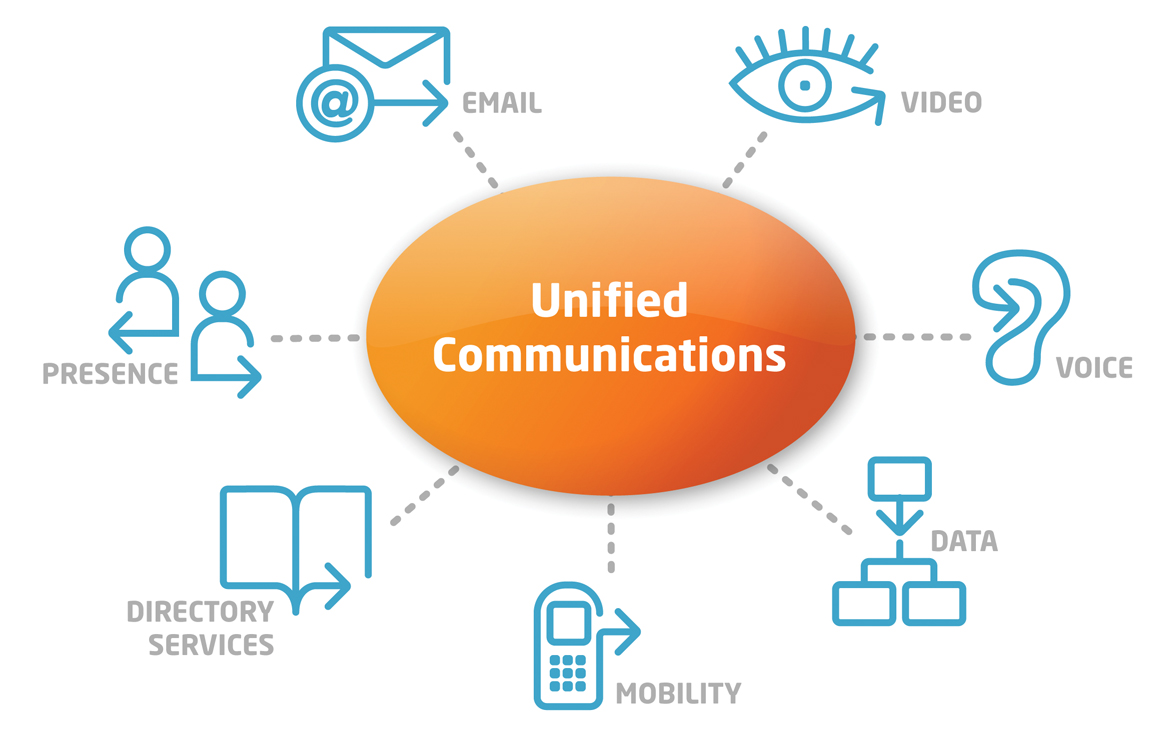The Core Technologies That Make Up Unified Communication
Core Unified Communication Technologies is no longer just for large businesses. it is now widely used in government, education and small- and medium-sized businesses (SMB). The bar for commercial Core unified communication Technologies services is being set very high with the growth of internet and bandwidth combined with strong free programs like Skype and Google Hangouts that enable for high quality real time communication.
Without a doubt, competing with “Free” is a difficult task. However, the enterprise UC market is still expanding quickly because to security, flexibility, and specific business needs.
Leaders in the UC market need to keep raising the bar for their customers. But when it comes to pushing the envelope, what does that mean?
Core Unified Communication Technologies (UC) are evolving beyond traditional voice, video, instant messaging, and presence. In addition, UC providers must be ahead of the curve by spotting trends and implementing them into their suite of products. For example, five key trends include web real-time collaboration, mobility, BYOD, hosted (cloud UC), and social integration. Therefore, it is important for UC providers to stay up-to-date on the latest trends in order to remain competitive.
Here is a rundown of these game-changing Core Unified Communication technologies:
1. Web Real Time Collaboration (WRTC):
The ability to move from a call to a collaboration session has never been truly ubiquitous. Services like WebEX and GoToMeeting have existed for some time and their service capabilities have continued to expand. But real time collaboration required the creation of a meeting, an email to the invitees and a login to the service making extra steps for collaboration to take place. Now this is all starting to change. UC providers are building the capabilities for group chats in a desktop client to launch a web collaboration meeting or a screen share right out of the browser giving instantaneous capabilities to collaborate. This tool will allow companies to collaborate and move faster than ever before seamlessly within their UC environment.
2. Mobility:
Enhanced Core Unified Communication Technologies connect businesses anytime, anywhere. Broadband connectivity fully connects mobile devices to the office, whether on a train or on a beach in Fiji. Jabber and UC-One are examples of applications that give mobile devices instant access to contacts, communication tools, and services.
3. BYOD:
The ability for users to integrate their personal tools into the business environment is one of the most discussed trends in workplace technology, let alone Unified Communications. IT leaders and business leaders feud over the ups and downs of BYOD, but CEO’s are among those seeking to bring their iPads to the office. Unified Communication Technologies providers are making this service useful and accessible, as the individual business choices to utilize the capability are not within their control. One thing is for sure: this trend will continue to evolve, and you will see more and more personal devices enter the workplace each and every day.
4. Hosted (Cloud):
Cloud was long seen as less secure and reliable, but with top-down pushes for cost cutting and cloud growth, resistance became futile. For UC, cloud now offers everything on-premise could offer and more. For instance, scalability is rarely an issue as bandwidth and QOS are required on-premise too. Cloud upgrades and growth are often included, so businesses can focus on their business rather than technology.
5. Voice over Internet Protocol (VoIP):
VoIP has revolutionized the way we communicate and has become the preferred choice for businesses and individuals alike. Here are some additional points to consider about VoIP technology. VoIP systems are highly scalable and can easily accommodate the changing needs of businesses as they grow and expand. It can integrate with other communication tools, such as video conferencing and instant messaging, to create a unified communication platform. This systems offers advanced features such as call forwarding, call waiting, voicemail, and caller ID, which are often available at no extra cost.
Conclusion:
Unified Communication Technologies have evolved to reach beyond large enterprises. They are now used in education, government, and small businesses. Paid UC market faces tough competition due to free apps like Skype and Google Hangouts. UC providers must offer more than traditional functions. They must incorporate game-changing technologies like WebRTC, mobility, BYOD, cloud UC, and VoIP. These technologies allow businesses to collaborate, stay connected, integrate devices, and take advantage of cloud computing. Businesses can focus on core operations while technology takes care of the rest.


